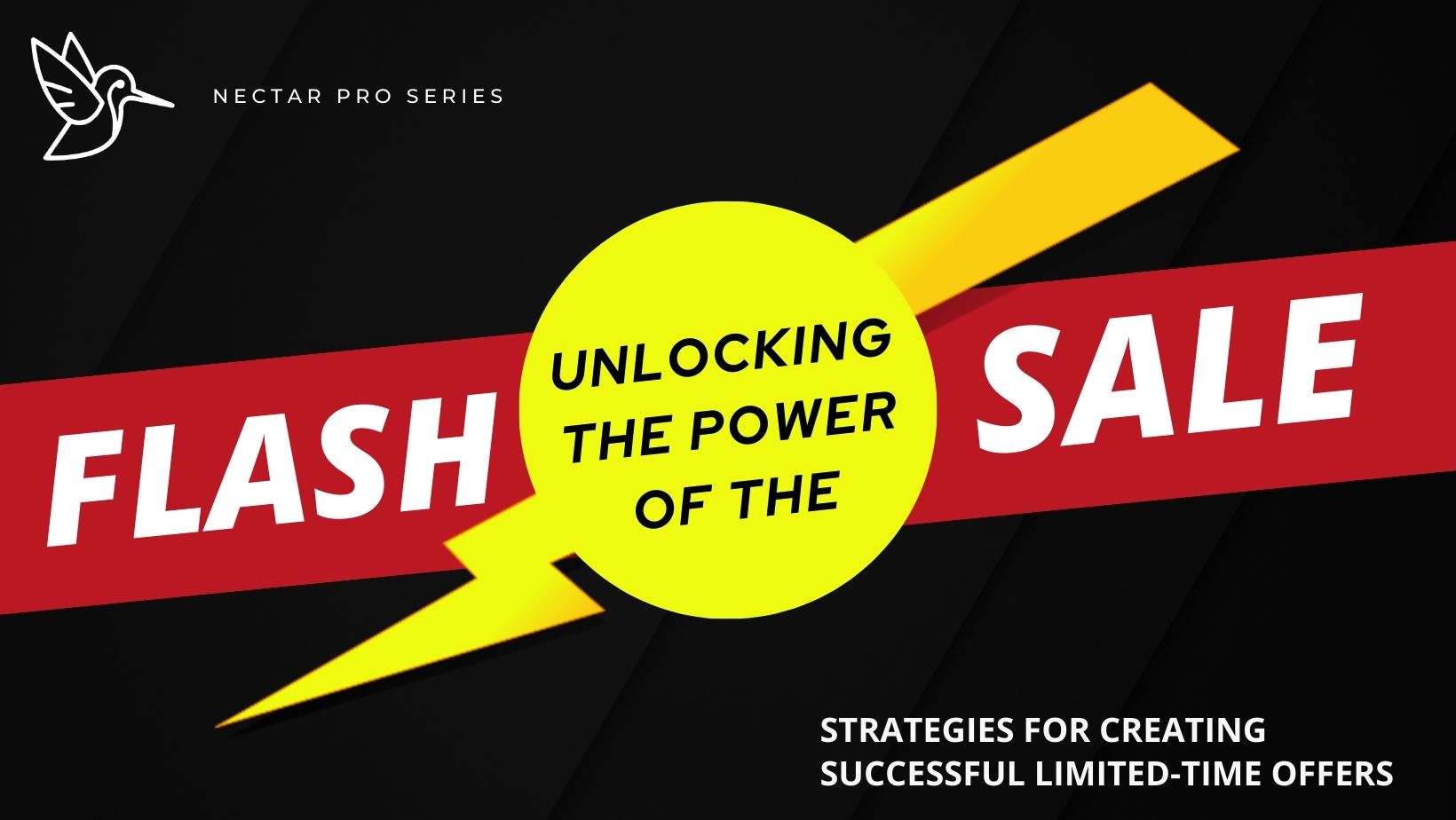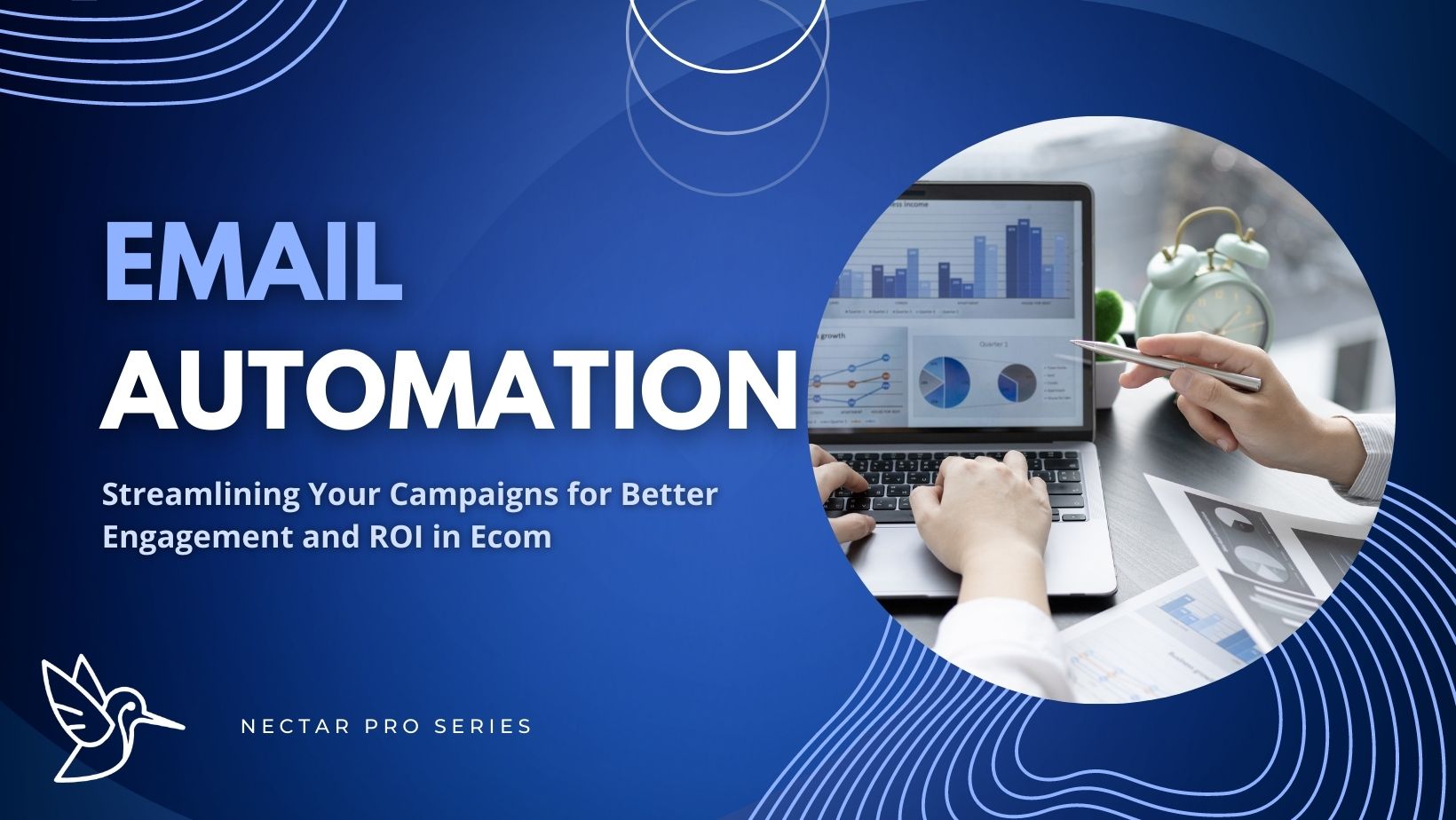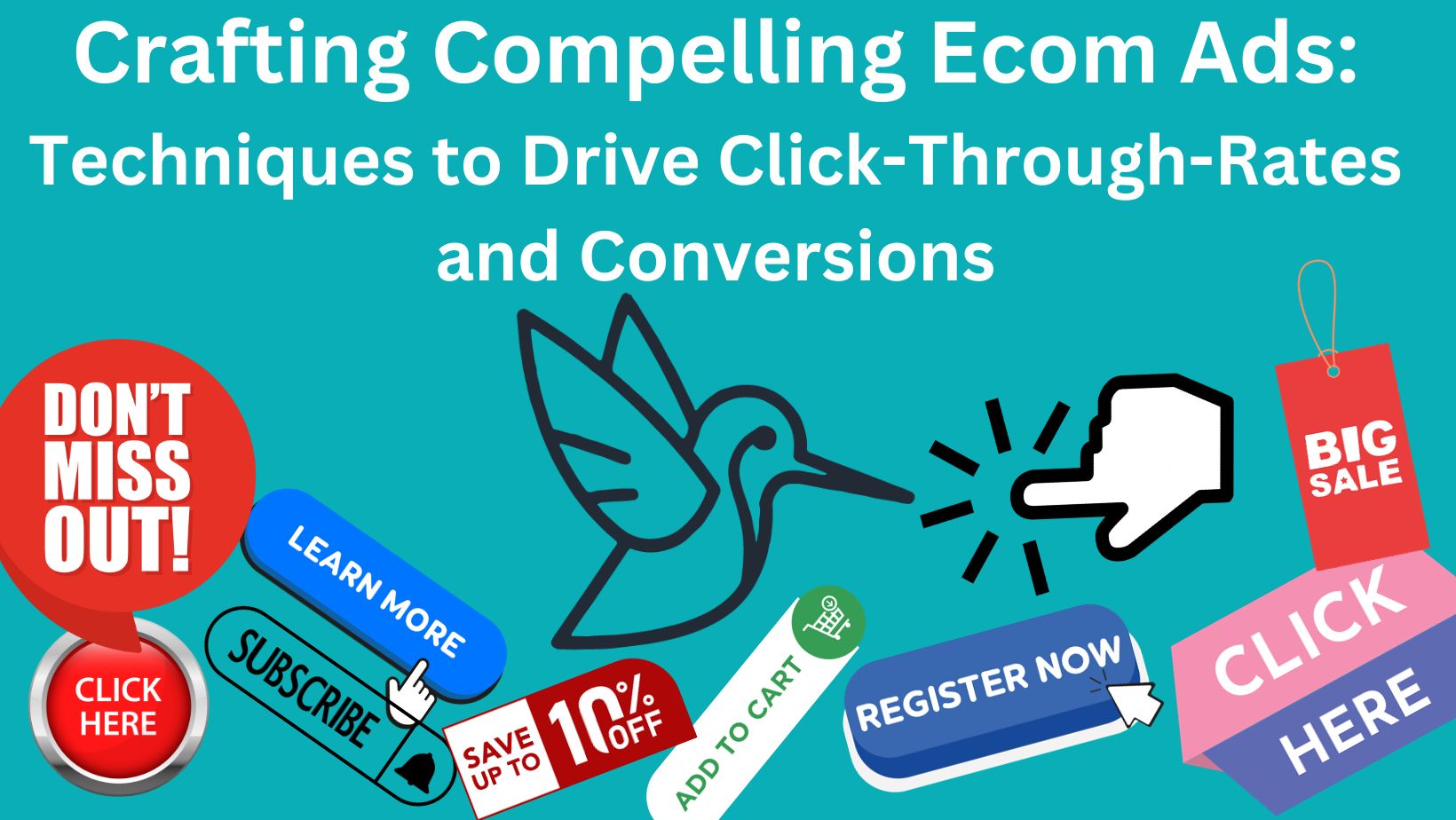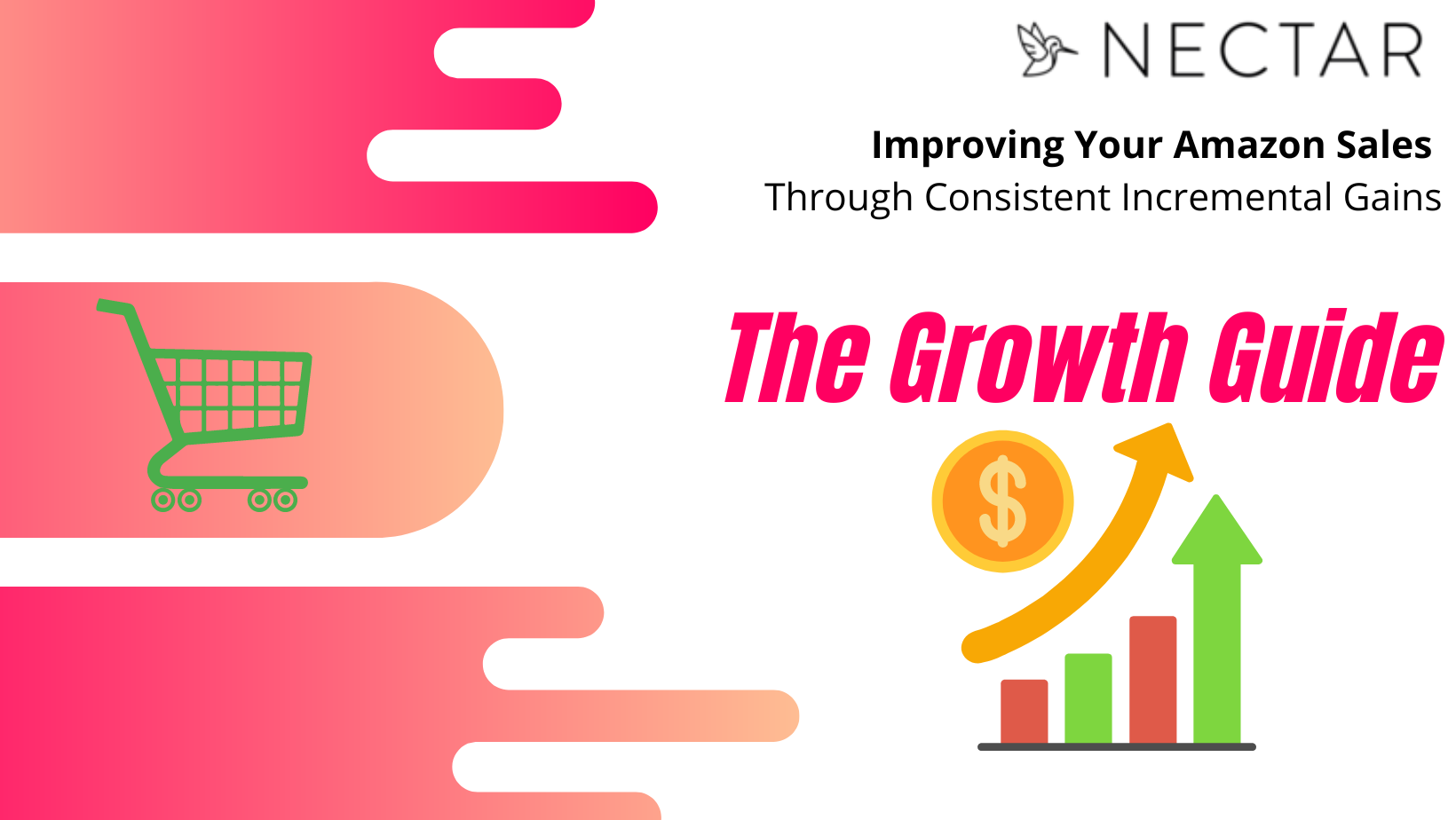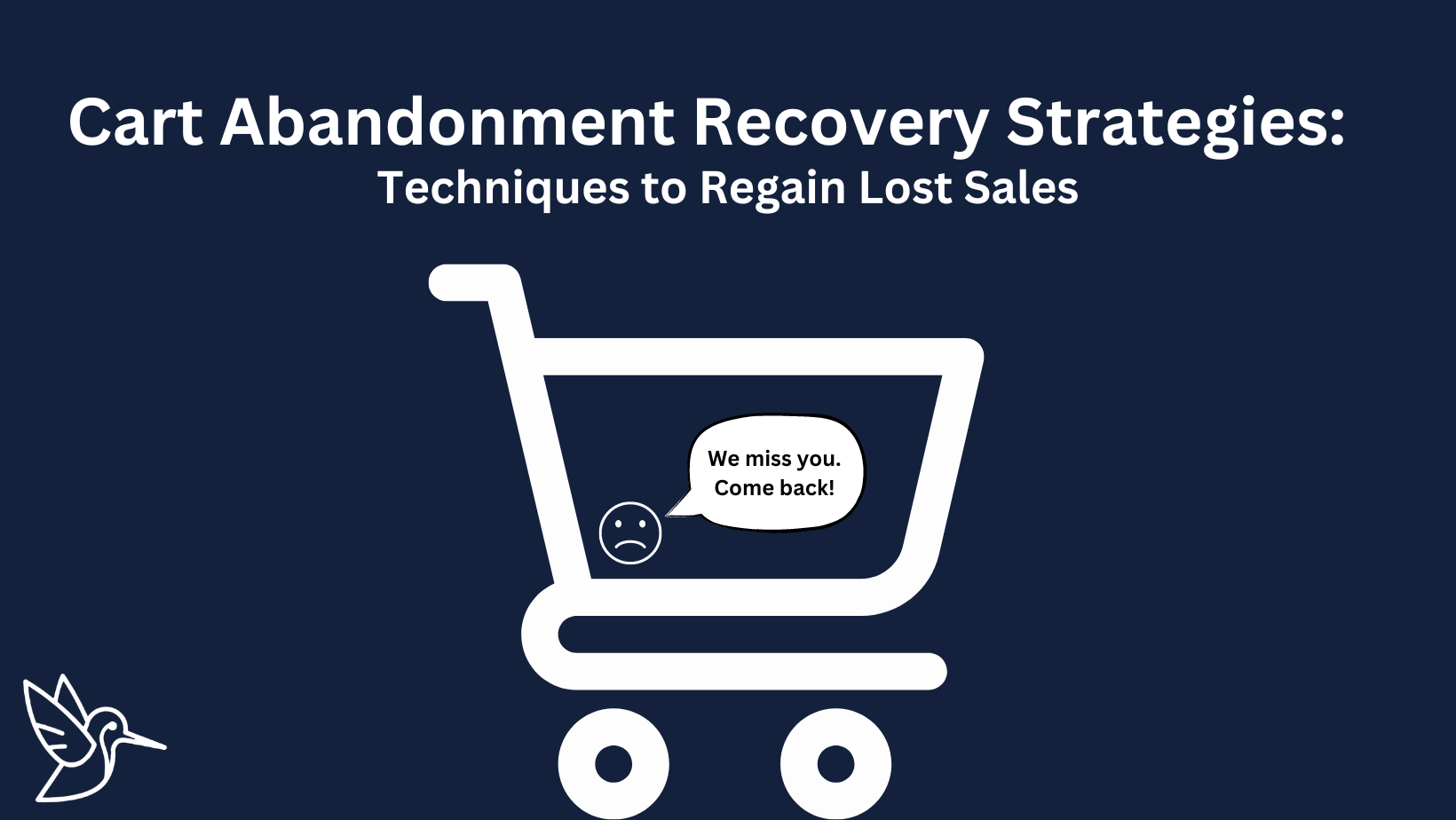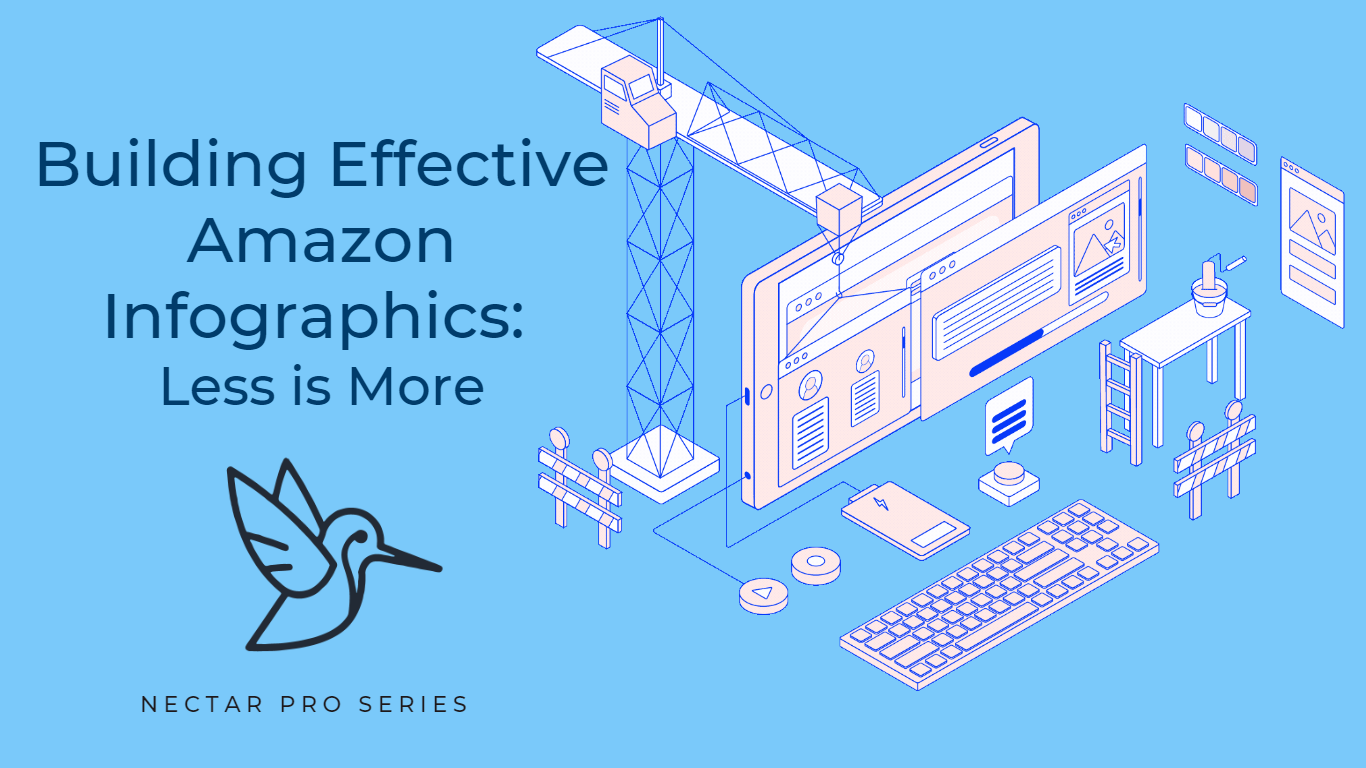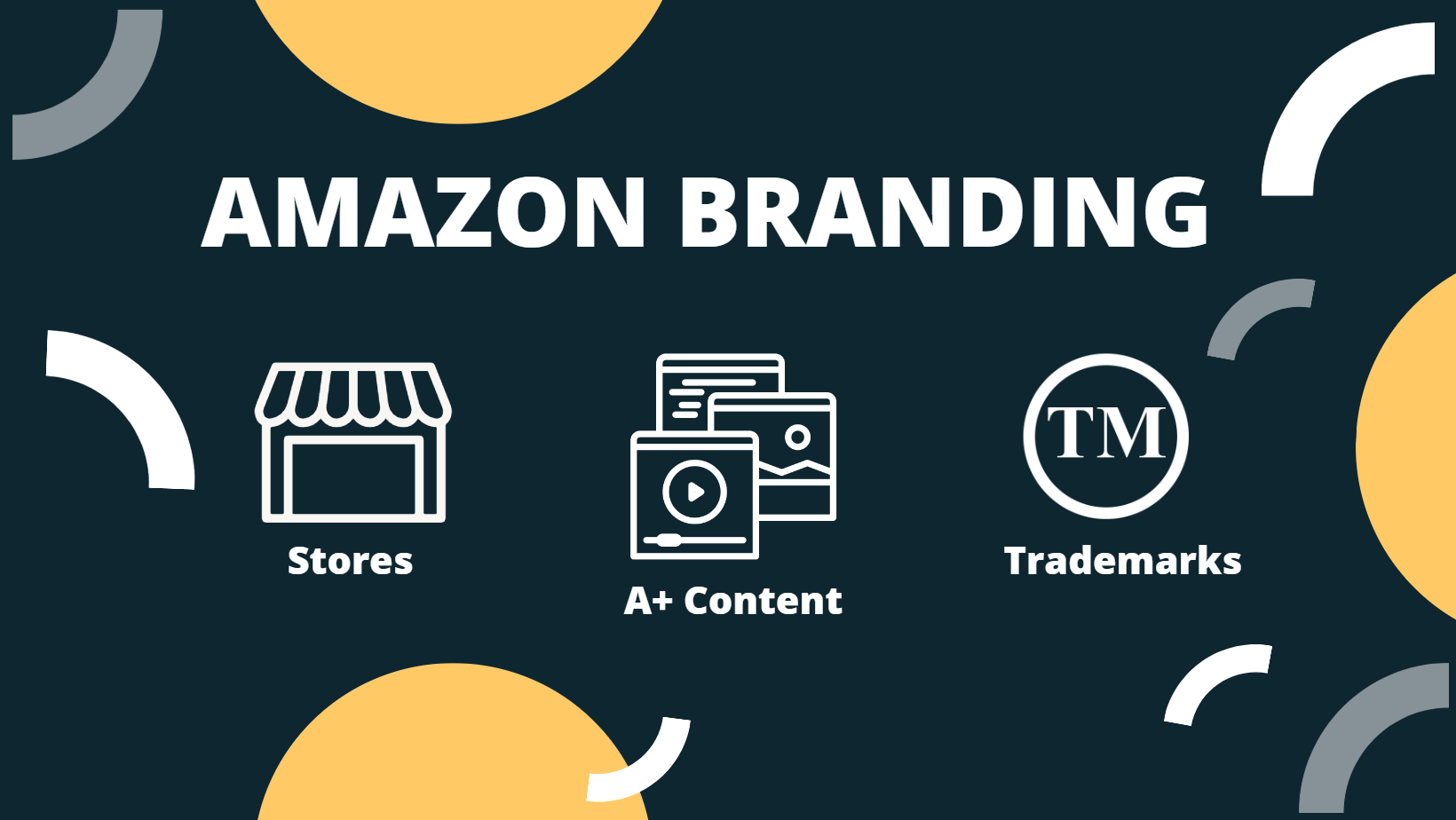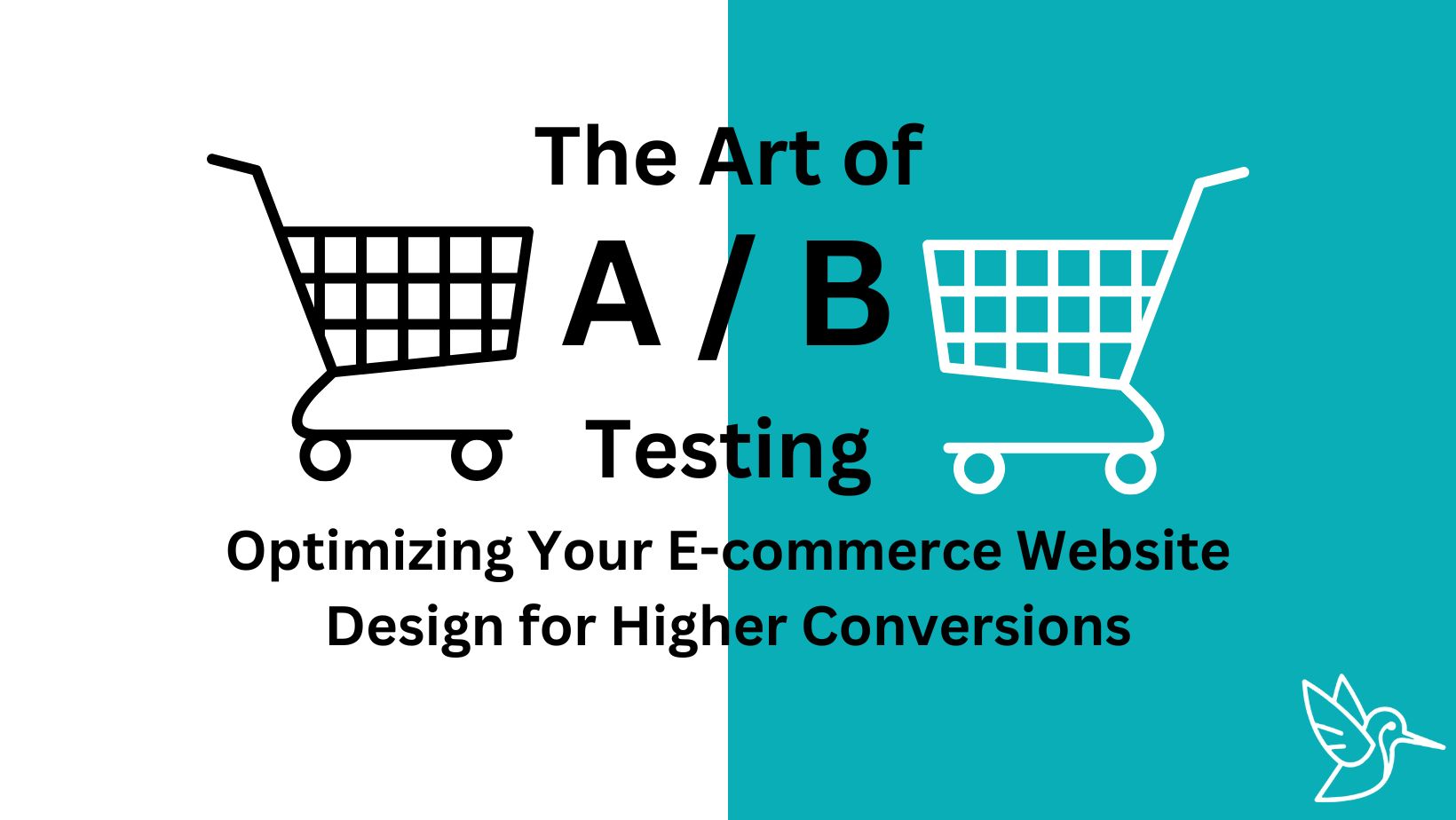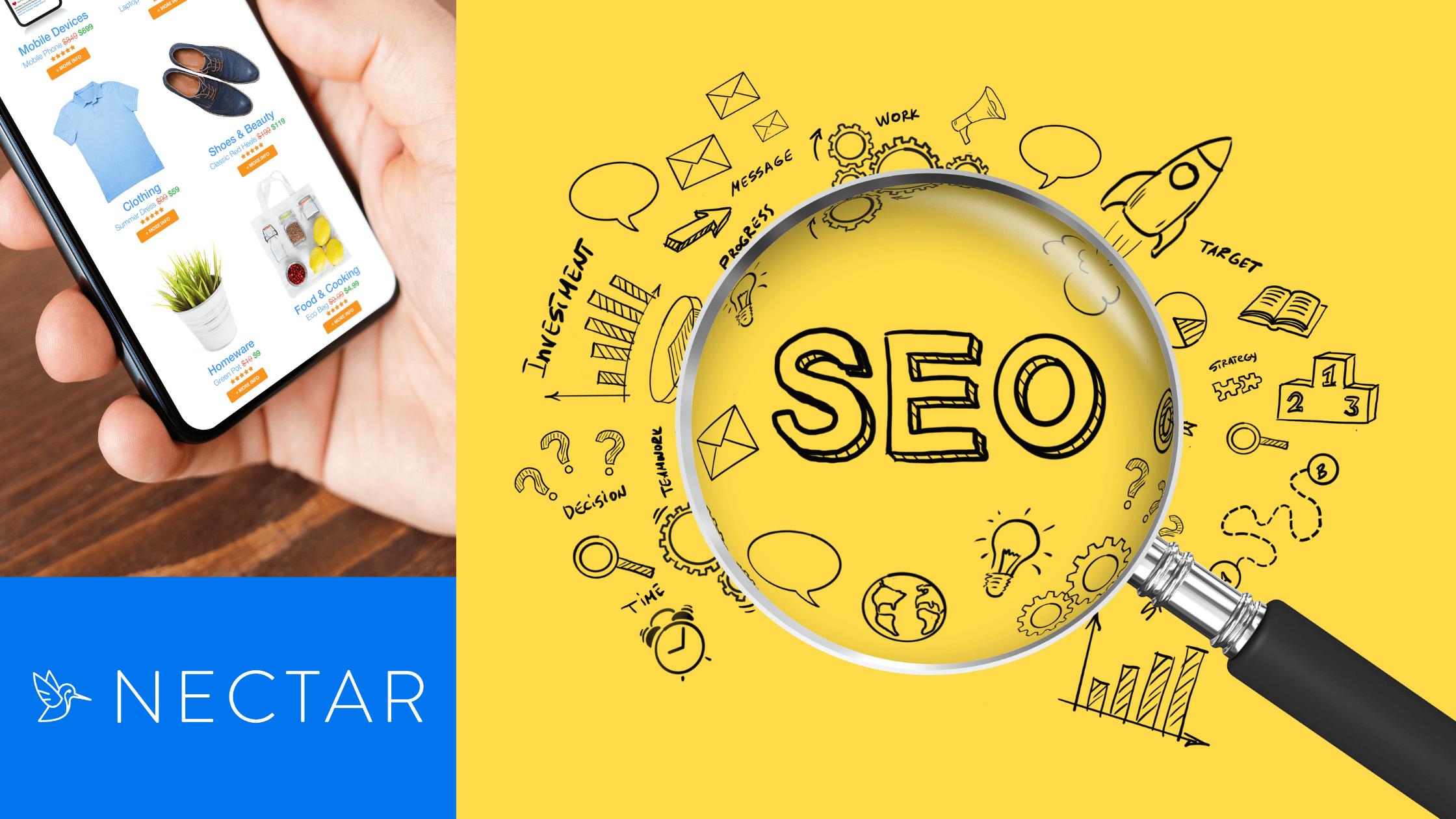In the world of e-commerce, a fraction of a second can make the difference between a sale and an abandoned cart. When it comes to your online store, whether it's on Shopify, Magento, or another platform, every moment counts.
The Impact of Website Speed on Performance
Site speed is a crucial factor that influences your customer's buying experience. Research shows that a 1-second delay in page load time can lead to a 6% loss in conversions. So, the faster your website loads, the better your chances are of converting visitors into customers. As technology becomes faster and a streamlined, convenient experience becomes the standard, this effect will become more apparent. With more options and greater expectations, your buyers may walk away after a single second of inconvenience. Plus, faster sites also rank higher on Google, driving more organic traffic your way.
Customers leaving your site:
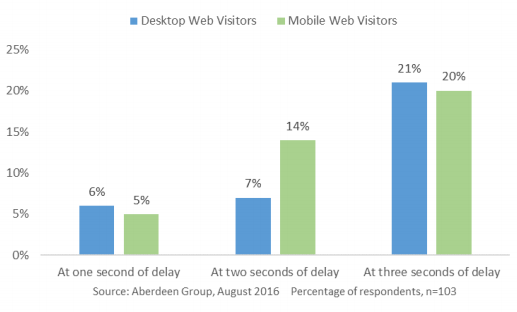
Your Site. Your Responsibility
When you're selling on Amazon, you're essentially renting space on a platform you have no control over. You can optimize your listings to the max, but at the end of the day, the performance and speed of the platform itself isn't in your hands. Now, when it comes to your website, the game changes completely. Here, you're in the driver's seat. Every millisecond your website takes to load, each clunky navigation step, or any poorly optimized image directly impacts your business. You have the power and responsibility to make sure you're not losing customers due to a sluggish website. In a world where the majority of consumers won't wait more than 3 seconds for a webpage to load, speed optimization is not a luxury; it's a necessity. Let's dive in and explore how you can accelerate your page load time for better performance.
How to Speed Up Your Website
The question then is: how do you make your website load faster? Here are some actionable tips:
- Optimize Images: High-resolution images are often the culprits for slow-loading pages. Reduce image sizes without compromising quality using tools like TinyPNG or opt for next-gen formats like WebP.
- Leverage Browser Caching: This technique stores parts of your site in the user's browser so they won't have to reload the entire page each time they visit.
- Minify CSS, JavaScript, and HTML: By minifying these files, you can improve load speed by removing unnecessary characters.
- Use a Content Delivery Network (CDN): CDNs host your site on multiple servers around the world, ensuring fast load times for all users, regardless of location.
- Upgrade Hosting: If your website still loads slowly after optimization, consider upgrading your hosting plan or switching to a faster host. Similarly ensure that your chosen retail solution within your website is appropriately scalable.
The Need for Continuous Monitoring
Remember, optimizing website speed is not a one-time task, but an ongoing process. Regularly test your website speed using tools like Google PageSpeed Insights, GTMetrix, or Pingdom. These tools not only tell you how fast your site loads but also give recommendations for improvements.
In the bustling e-commerce marketplace, every edge matters. A few seconds might seem trivial, but when it comes to the customer experience, they can be the difference between a sale and a lost opportunity. By prioritizing site speed and working continually towards optimizing it, you can deliver a smoother, more enjoyable shopping experience and see your conversions soar. If you need help optimizing your ecommerce retail website, don't hesitate to reach out to Nectar, for all your digital marketing needs.
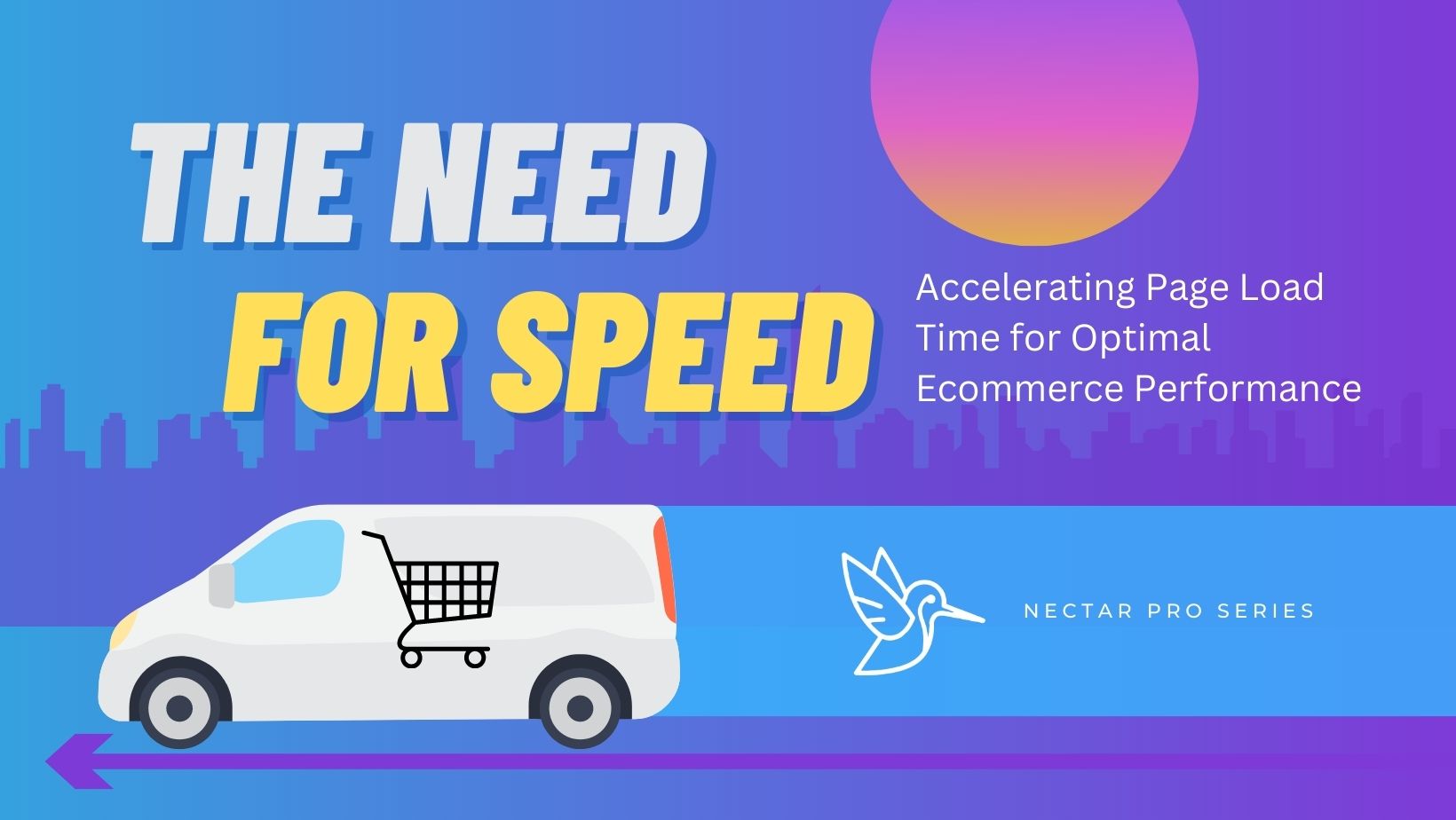



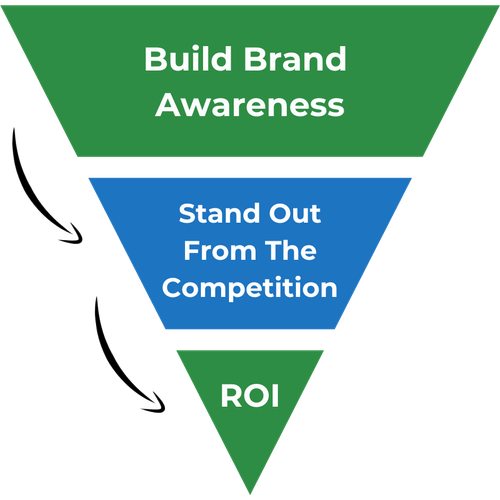
%2520(1).jpeg)
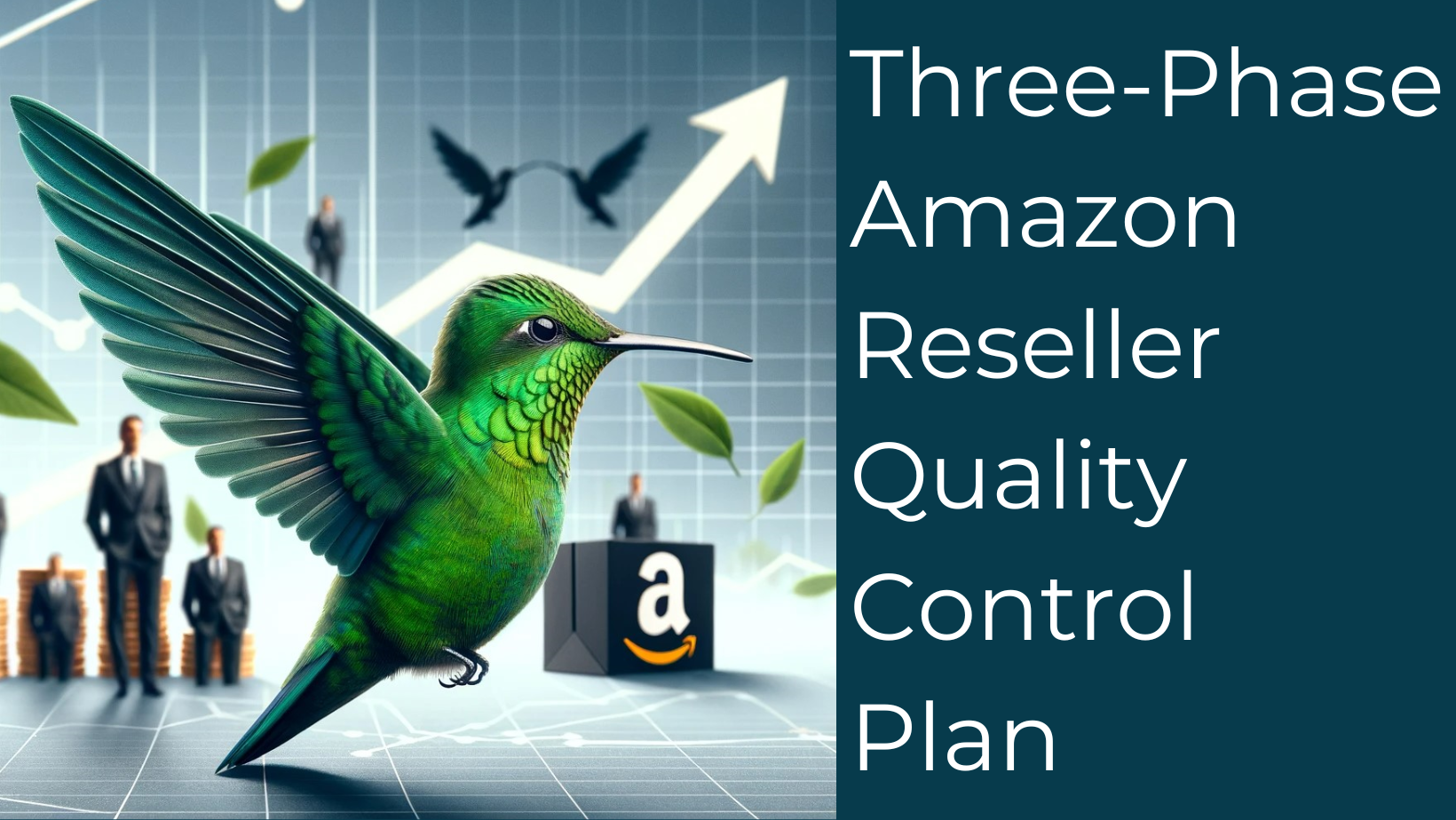





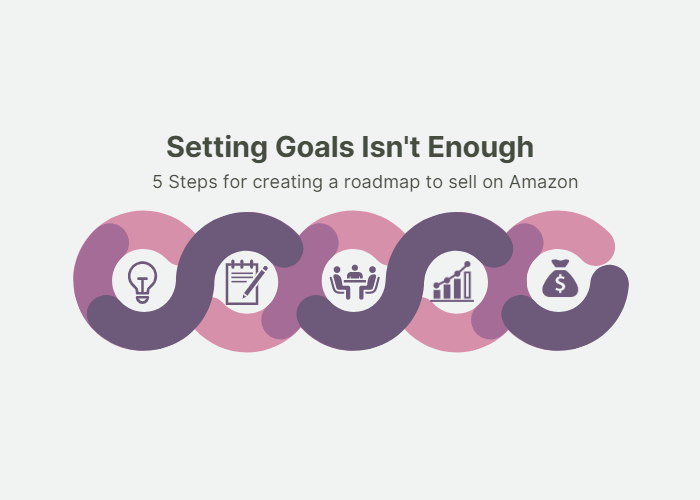


.png)

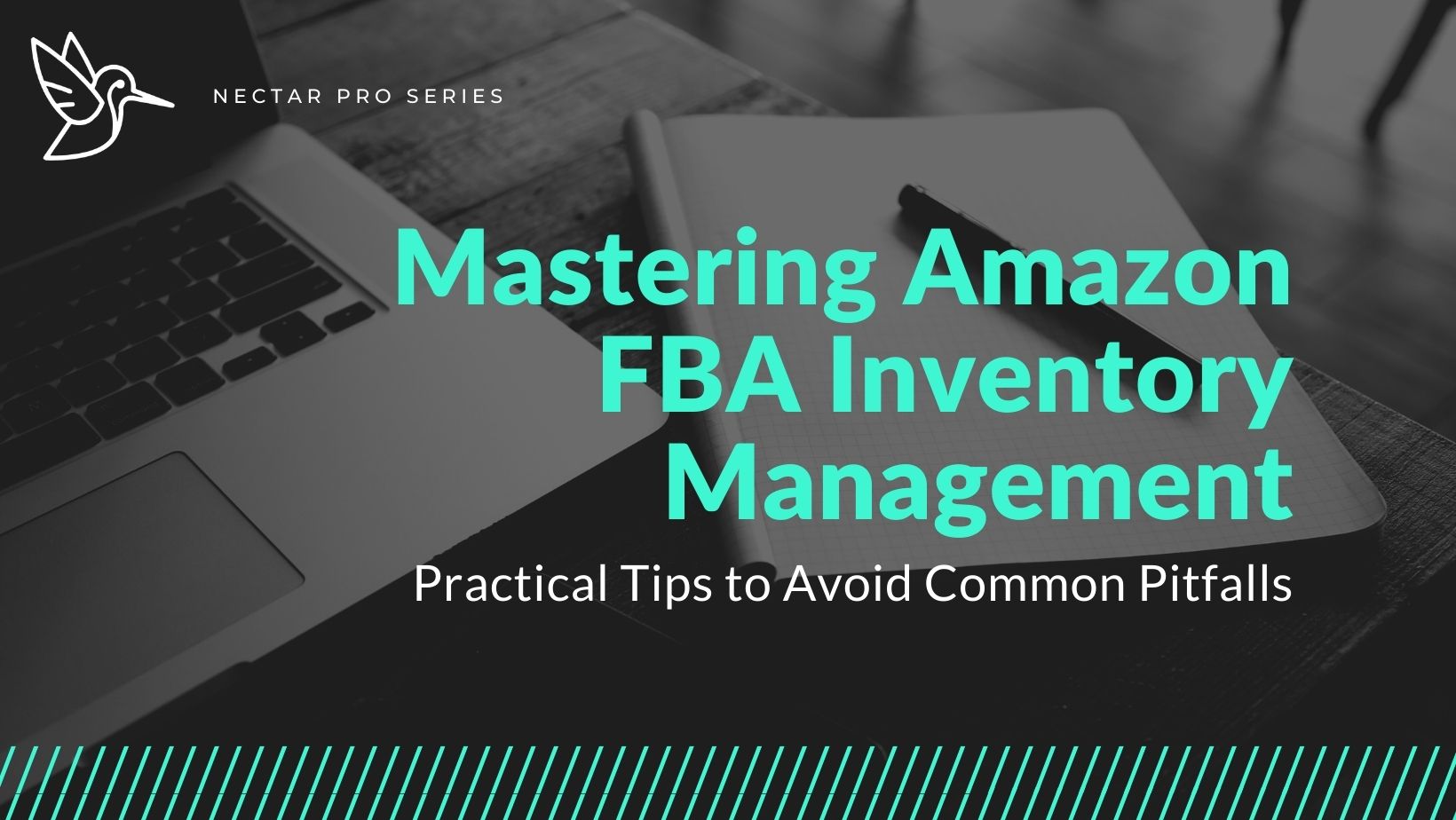
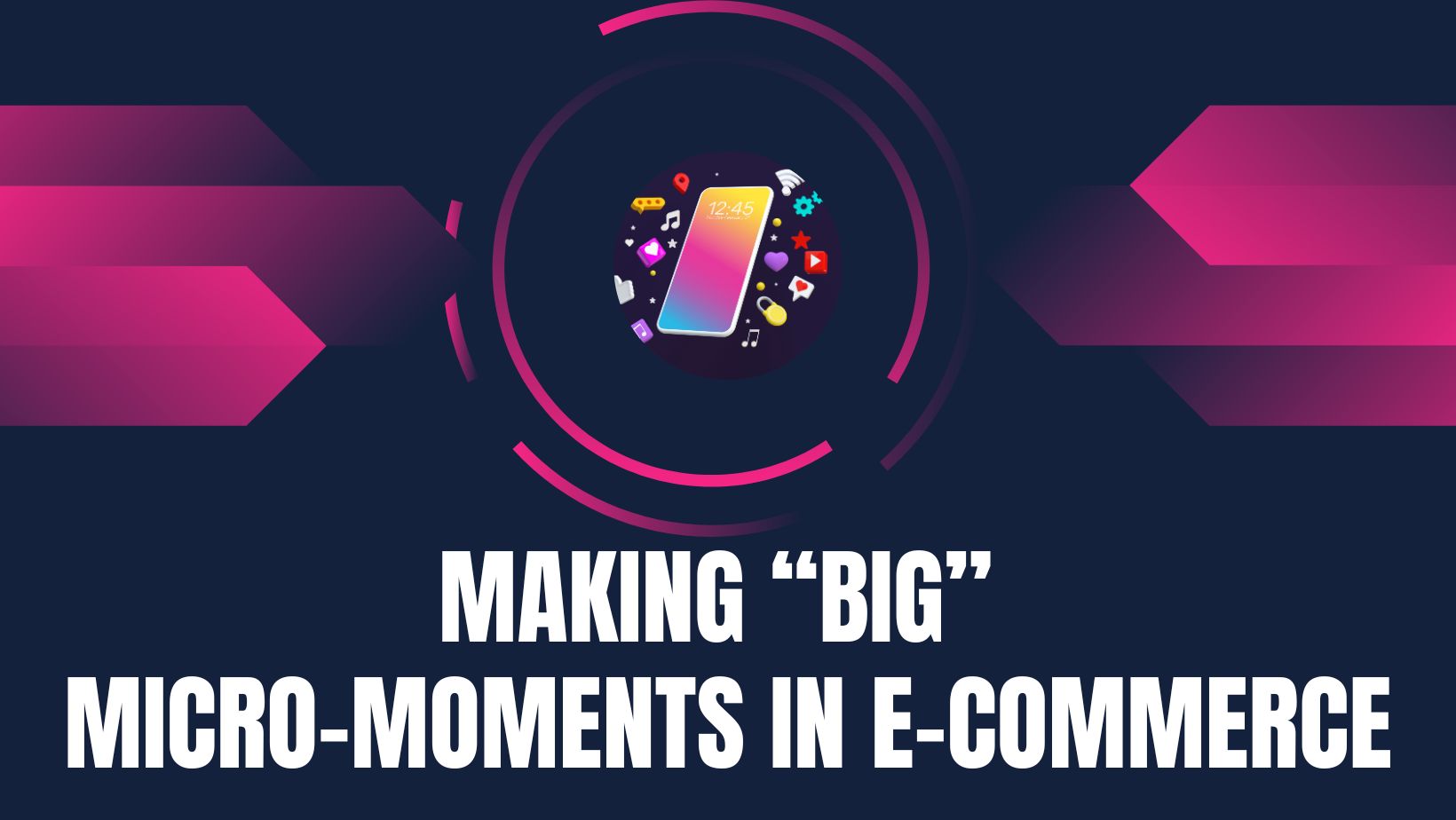
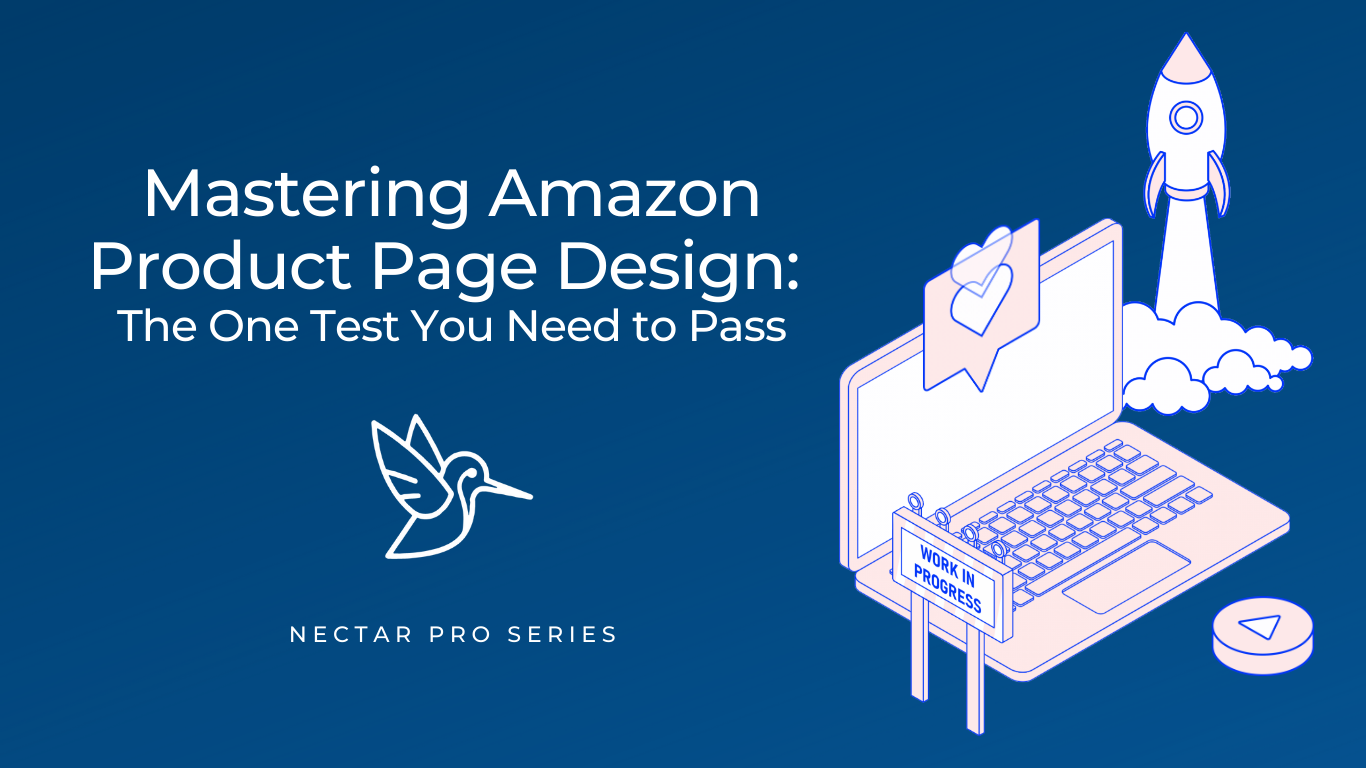

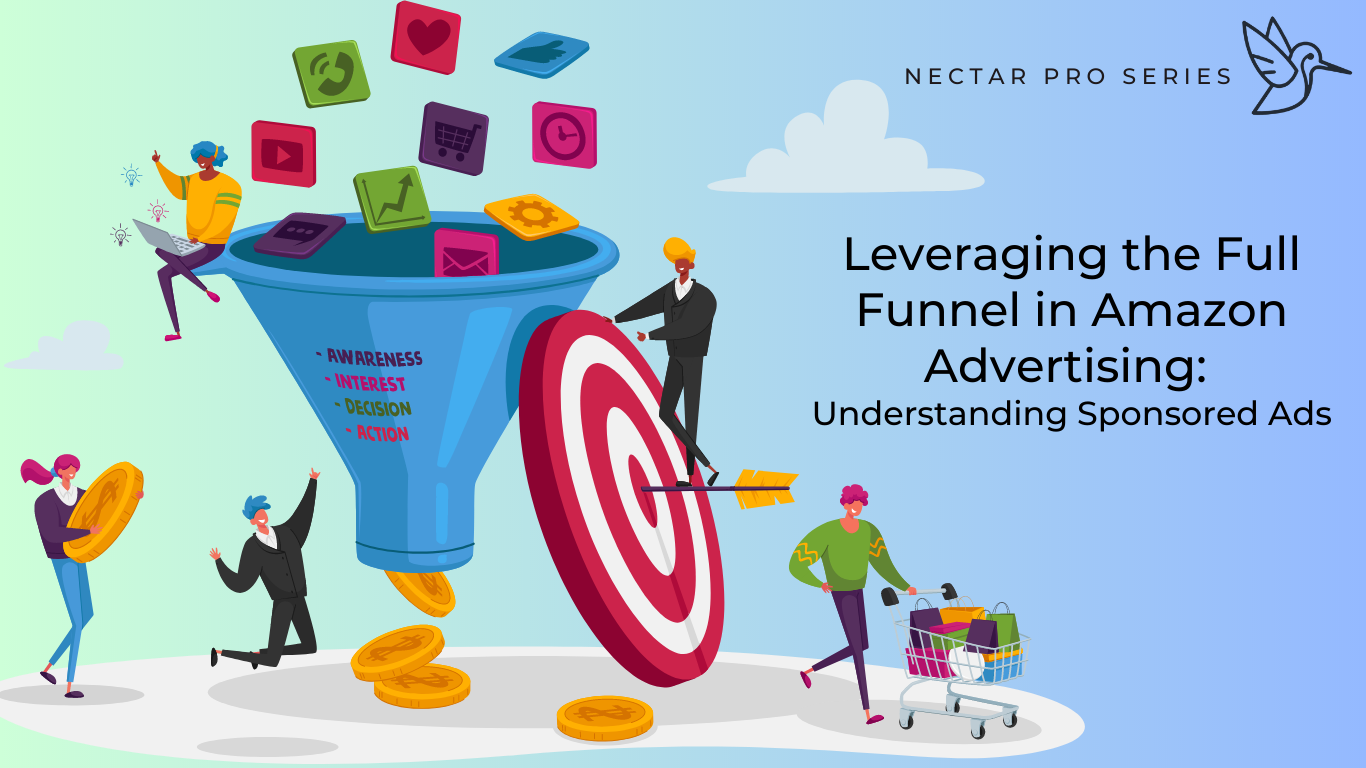
.png)





